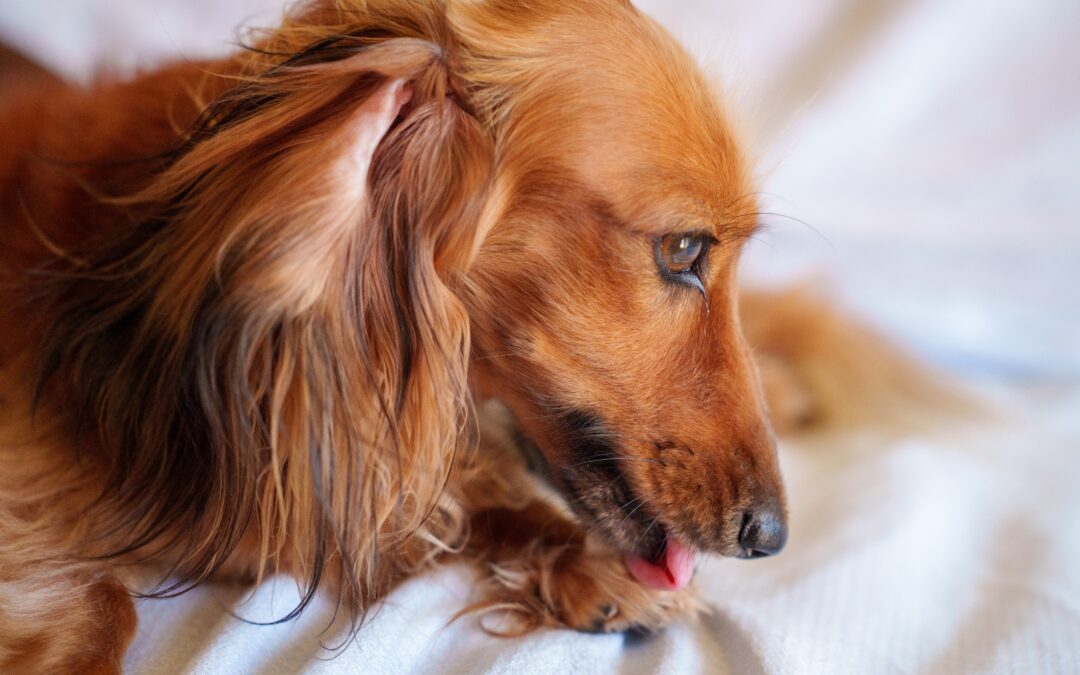How to Identify, Treat, and Prevent Hot Spots in Pets
How to Identify, Treat, and Prevent Hot Spots in Pets
When their skin feels on fire from itching, your pet may scratch, lick, and chew so much that they create a hot spot. Help your furry pal overcome the itch by learning more about these incredibly uncomfortable sores.
What are hot spots in pets?
Hot spots, also known as acute moist dermatitis or pyotraumatic dermatitis, are inflamed sores that develop on a pet’s skin. These spots often appear suddenly and can quickly become an oozing, painful mess that is extremely uncomfortable for your pet.
What causes hot spots in pets?
Hot spots are generally caused by skin inflammation from environmental, flea, or food allergies. However, anything that causes your pet to lick, chew, or scratch an area to the point of raw skin can be a culprit.
Hot spots can be triggered by:
– Ear infections
– Skin infections
– Matted fur
– Urinary tract infections
– Anal gland issues
How are hot spots in pets treated?
Treating your pet’s hot spots requires prompt action to prevent deep skin infections. As soon as you notice a small area of inflammation, you must put an Elizabethan collar (i.e., e-collar) on your pet to prevent them from further irritating the skin.
When your pet arrives at our hospital for hot spot treatment, we may administer sedation paired with a strong analgesic medication, as hot spots can be incredibly painful to the touch. Once your pet is comfortable, we will clip away matted fur to allow air to reach the area. Wet, matted fur serves as a breeding ground for infection and must be removed to promote healing of the hot spot.
We will gently cleanse the area with an antiseptic rinse to flush away fur and debris, and then apply topical medications to soothe the itch and treat the infection on the clean and dry skin. Further treatment will depend on the underlying cause of the hot spot, and we may recommend allergy treatment, anal gland expression, ear medication, regular grooming, or other therapies.
If you notice an irritated, inflamed area on your pet’s skin, don’t hesitate. Contact our team to schedule an appointment before a minor irritation escalates into a large, painful hot spot.

